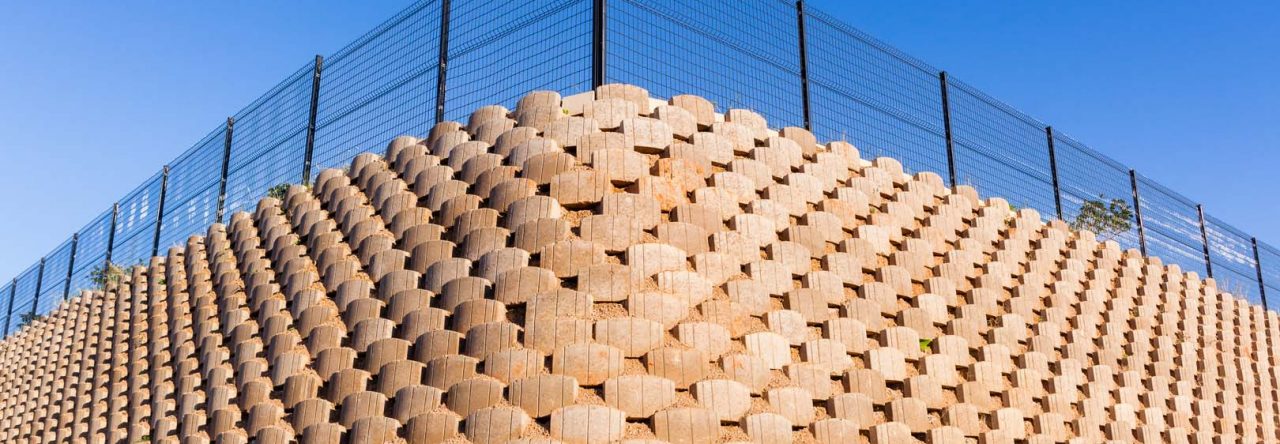Concrete Sealing is a process that is used to prevent staining, cracking, and etching of concrete surfaces. It is also used to enhance the aesthetic appeal of the concrete surfaces. When concrete is exposed to surface water or chemicals, it can absorb moisture, creating cracks and holes in the surface. When this happens, the surrounding concrete becomes uneven and unappealing, resulting in a poor appearance and poor functionality.
Concrete sealants are applied on concrete to seal it from corrosion, surface damage, and moisture absorption. They either form an impermeable barrier that prevents staining and moisture absorption or act as a penetrating agent that penetrates the concrete before the application. This allows the sealant to penetrate the concrete and get to all the surface areas. Once the sealant is applied, the entire surface of the concrete is sealed in preparation for its final use, which is either as a footer for a paved parking lot or as an area slab on the exterior of a home.
While the use of concrete sealants is very important for the aesthetic value of a concrete surface, the use of sealant is not without consequences. Once a concrete surface is sealed, it cannot be repaired and will have to be replaced due to the damage that may occur to it if it is accidentally damaged. Therefore, the best way to ensure the longevity of your concrete surface is to seal it using sealant.
There are several ways in which you can apply the sealant on your concrete. Here are some tips on how to seal your concrete properly and without damaging the surface of the concrete.
First, before you apply any sealant on your concrete, you should make sure that the area is clean and free of debris. Then, you need to choose a smooth, flat surface that is not easily stained or etched by rain or other liquids. Using a soft brush, apply the sealant to the surface evenly, and with steady strokes. If you are using a concrete sealer that contains water-based additives, you should apply it in a circular motion to allow it to adhere to the concrete.
Next, you should scrape away the sealant from the surface with a scraper or other soft bristled tool until you are left with a smooth, clean surface. You may need to use a sponge or your hands to do this. Be sure that you remove all the excess sealant and reapply it if necessary before you apply the next coat of sealant, the surface should be completely dry before you apply the next coat coating.
After the surface is completely dry, you should apply the second coat of sealant. Make sure that you cover the surface evenly so that the finish has no gaps in between the coats.
Once you have dried the surface to a desired degree, you can now proceed to finish off the surface. By using a saw or chisel, you can cut into the sealant to remove any chips and imperfections on the surface and then sand it down to give it a smooth appearance. This is a great way to give your concrete the finished look that you desire.
It can also be used on exterior doors and siding, patios, driveways, and more. There are various types of concrete sealant available but one of the best types to use is polyurethane.
Polyurethane is a very popular product because of its ability to repel dirt and moisture and to withstand outdoor wear and tear. The polyurethane that you choose should also contain resins that help protect it from damage caused by weather elements such as wind and snow.
Polyurethane does not get as much attention as other sealants and is often overlooked when it comes to sealing concrete. However, when done correctly, polyurethane can last for years with little maintenance and can even help increase the life of your home.
